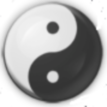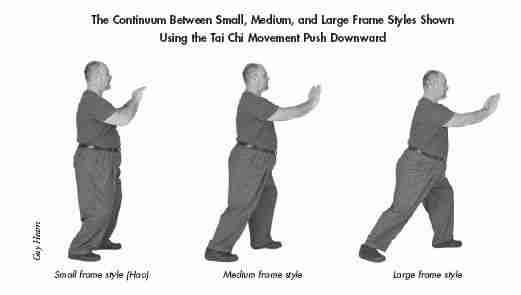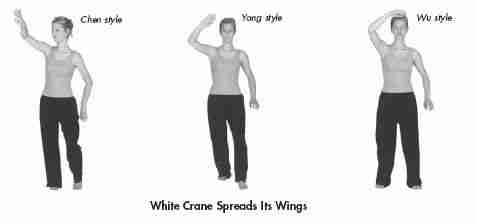Differences in Tai Chi Styles: Tempo and Framesize
The discussion here will focus on a pair of distinguishing points:

Same Style, Many Variations. Its worth noting that there are many variations, even within a single style. In the US and England alone, there are over 20 flavors of the Yang style. With so much variation, simple generalizations won’t apply equally everywhere.
Vastly oversimplified, the discussion here focuses on the trademarks of the main styles—and avoids the details needed to be 100% technically and politically correct.
Tempo. Tempo refers to how quickly the movements are executed.
The Chen style includes movements that begin from a virtual standstill and accelerate quickly to full out speed and power. This is reminiscent of a lion’s quiet and stealth before charging in for the kill.
Both the Yang and Wu styles have a steady tempo, without bursts of speed. This is like the steady drumbeat of an advancing army. Beginners may find the steady pace makes it easier to stay with the form, without suddenly losing track and wondering what move comes next.
Frame Size. Styles also differ in frame size, or how expansive the physical movements are.

Chen forms are often large frame styles. Most Yang forms use medium to large frame styles.
Small Frame Styles. Small frame styles aren’t as expansive. They have smaller movements, less extension, and higher stances. Correct internal energy movement is emphasized, to create correct external movements. This approach works from the inside to the outside.
The Wu style typically utilizes small frames.
White Crane Spreads Its Wings: Dramatic, Compact, and In-Between. Many of the same movements are found in the different styles. They’re just executed a bit differently in each. Movements tend to be most expansive and dramatic in the Chen, most condensed and compressed in the Wu, and in-between for the Yang.
See for yourself the differences in framesize between the 3 major tai chi styles. Each of these styles has its own take on the movements—such as the different final position for the White Crane Spreads Wings move, shown below.

Next: Read about the oldest tai chi style, the Chen.
Top
